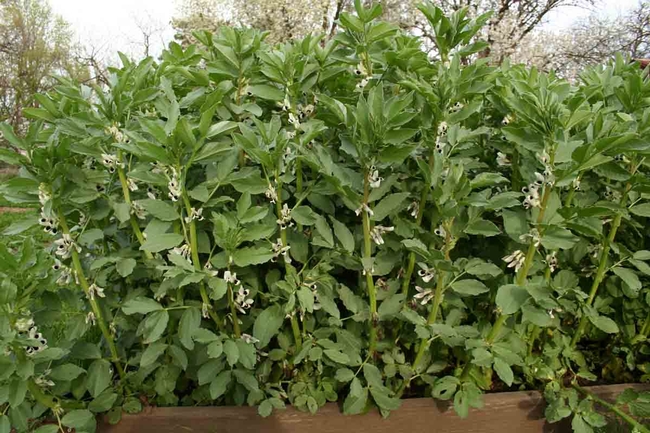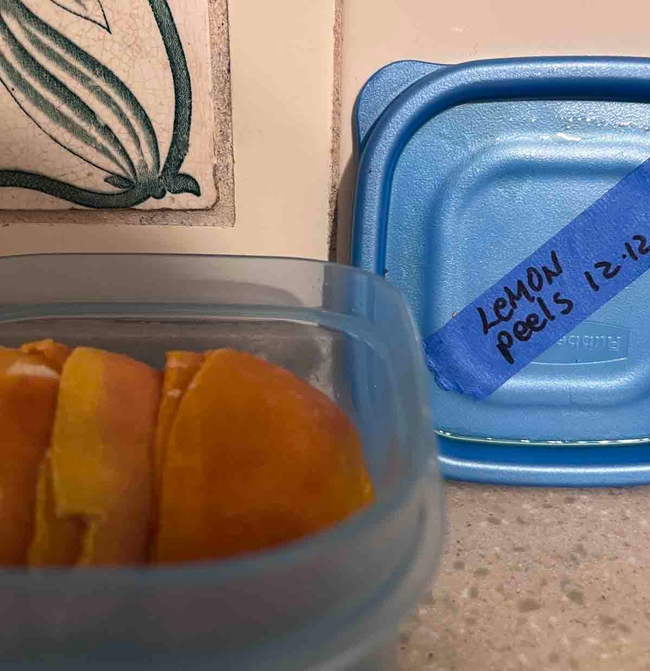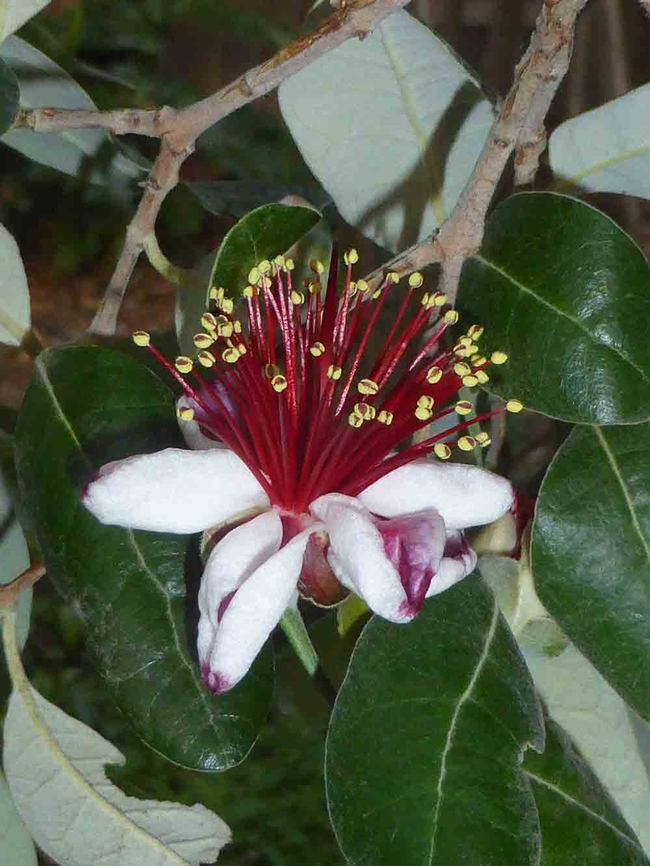Each year, the U.S. throws away between 30% and 40% of the food produced for human consumption (over $161 billion worth). Roughly 20% of the total volume of waste sent to landfills is food. If you have tended a vegetable garden, then you are probably well aware of the amount of water, labor and money that is required to produce your food. And, while it is certainly commendable to compost your food and plant scraps, reducing the waste is even better. All too often, vegetable plants are harvested for just one of their many plant parts- whether it be the leaves (e.g. lettuce), the roots (e.g. carrots), the flowers (e.g. broccoli), or the seeds (e.g. beans). But many plants have more than one edible plant part. Grape vines and beetroots are perhaps the best-known examples of such multi-use plants, as the leaves of both are useful edibles.

Often times, a recipe will leave you with a heaping pile of scraps. And while you can continually freeze these scraps until you have enough to make a rich broth, this isn't the only option. Apple peels and cores can be simmered with water in order to create home-made pectin. If you are stumped as to how to use the tough ribs of Swiss chard, try making a gratin, or steam and puree the ribs with lemon and tahini for a refreshing middle-eastern style hummus. For a richer snack, leftover potato peels can be fried in bacon grease.

Many of the flowers you may find in your garden are edible. Pansies, marigolds (especially Tagetes tenuifolia), roses, anise hyssop (Agastache foeniculum), tuberous begonias, and pineapple guava flowers all make beautiful and tasty complements to salads, ice cubes, and butter. Even the pesky dandelions in your yard can be of value: both the leaves and flowers can be eaten raw or cooked (or, for a true culinary adventure, try making dandelion wine!). Elderflowers (the flowers of elderberries) can also be used to make wine, as well as infused vinegars and liqueurs.
Both the leaves and flowers of nasturtiums add a peppery punch to any dish, but perhaps the most impressive use of the nasturtium is the pickling of young seeds in order to make “poor man's capers.”

While many plants have multiple edible parts, do keep in mind that not every part of every plant is edible. Always consult a reliable source before eating anything unknown. And remember, when life gives you lemons… don't throw away the peel!
Learn more about the many alternative uses of plants, specifically plants harvested in the wild, by attending the Master Gardeners' workshop on Wild Crafting (Monday, November 20), the final workshop in the Master Gardeners' Fall Workshop Series. For more information, and to register, visit our website. All workshops are free, but registration is required.
